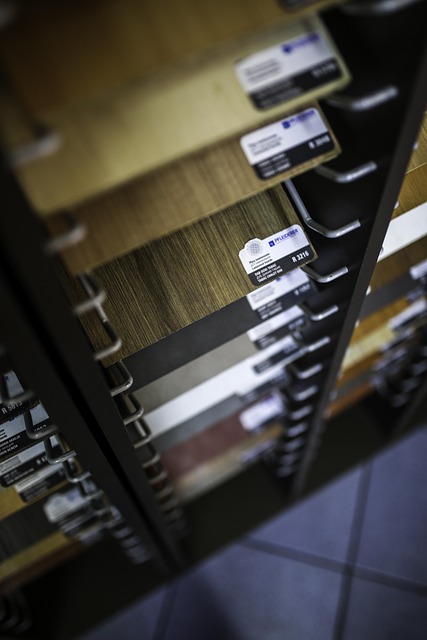When evaluating flooring options for a home, laminate often surfaces as an appealing middle ground. It blends the aesthetic qualities of wood with the resilience of modern materials, all at a price point more accessible than hardwood or stone. Still, like any building material, it carries both strengths and limitations that deserve attention before installation.
The Benefits of Laminate Flooring

One of the most noticeable advantages of laminate flooring is its appearance. Advances in manufacturing have allowed laminate to convincingly replicate the textures and grains of natural wood, as well as the patterns of stone or tile. For homeowners seeking the warmth of oak or the elegance of slate without the corresponding cost, laminate delivers a visually satisfying alternative.
Durability is another strong selling point. Laminate surfaces are designed to resist scratching and fading, making them particularly suitable for households with children or pets. Unlike solid wood, which can be vulnerable to dents and scuffs, laminate’s protective top layer offers a degree of resilience that keeps it looking fresh for years with relatively modest upkeep.
Maintenance requirements also tend to be straightforward. The surface does not require waxing or refinishing, which can save both time and expense compared to more maintenance-heavy materials.
From an installation perspective, laminate has gained popularity because of its floating floor design. Many products feature click-and-lock systems that fit together without glue or nails. This not only simplifies the process but also makes it possible to install over existing flooring in some cases.
Potential Drawbacks to Consider
Despite these advantages, laminate is not without shortcomings. Moisture is its most persistent adversary. Extended exposure to water can cause swelling, warping, or separation of the planks. While newer waterproof varieties exist, traditional laminate should not be used in areas prone to spills, standing water, or high humidity, such as bathrooms or laundry rooms.
Another limitation is its inability to be refinished. Hardwood floors can be sanded and restained multiple times, extending their lifespan across generations. Laminate, by contrast, has a fixed surface layer. Once that layer is worn or damaged, replacement is often the only option.
Additionally, while laminate convincingly imitates wood or stone at first glance, discerning eyes can sometimes recognize the difference upon closer inspection. This can influence resale appeal in markets where genuine hardwood or natural stone are highly prized.
A Balanced Perspective
Laminate flooring offers a compelling combination of style, durability, and affordability. For busy households or budget-conscious renovations, it represents a reliable option that can transform the look of a space with relative ease. However, understanding its limitations—particularly regarding moisture sensitivity and long-term longevity—ensures that the choice is made with clear expectations.
As with any material, success lies in matching the product to the environment. When selected thoughtfully, laminate flooring can serve as a practical and attractive foundation for years of daily living.

Recent Comments